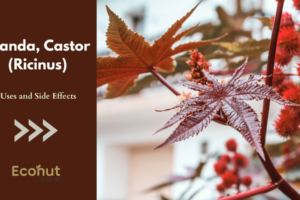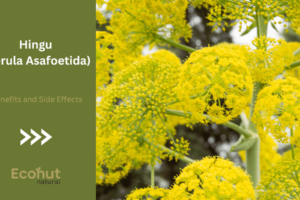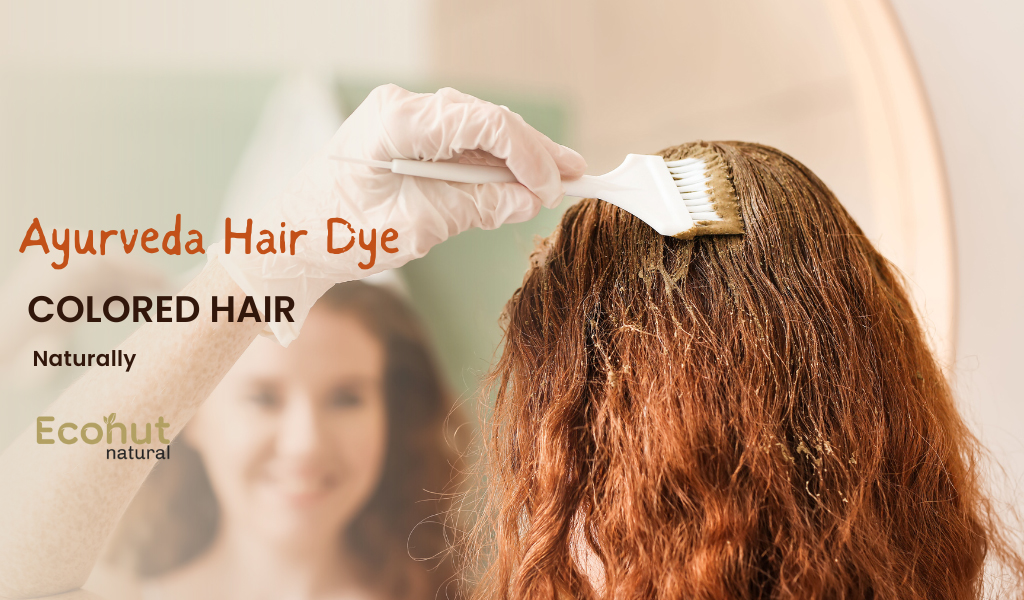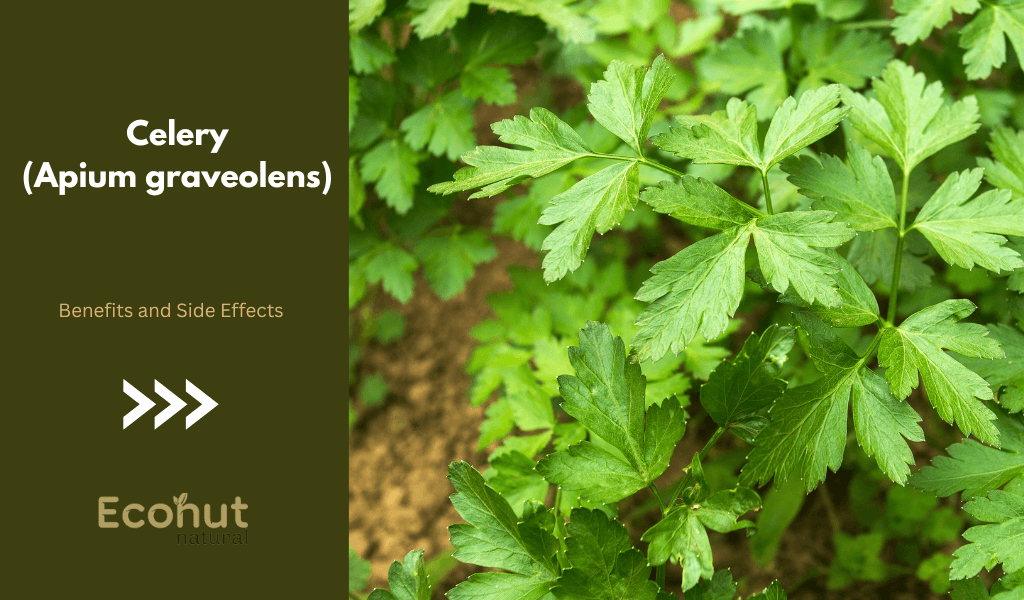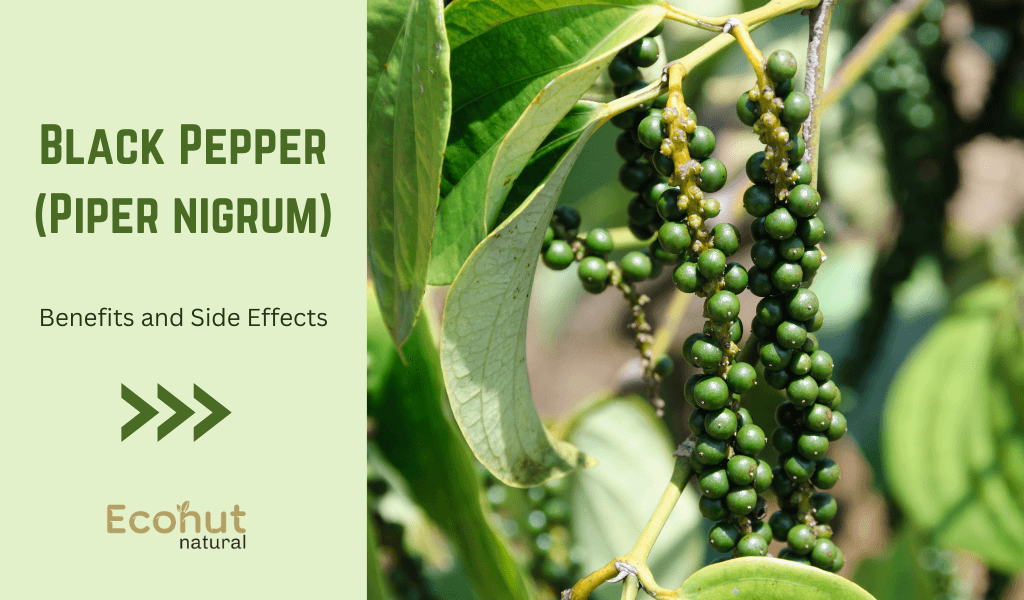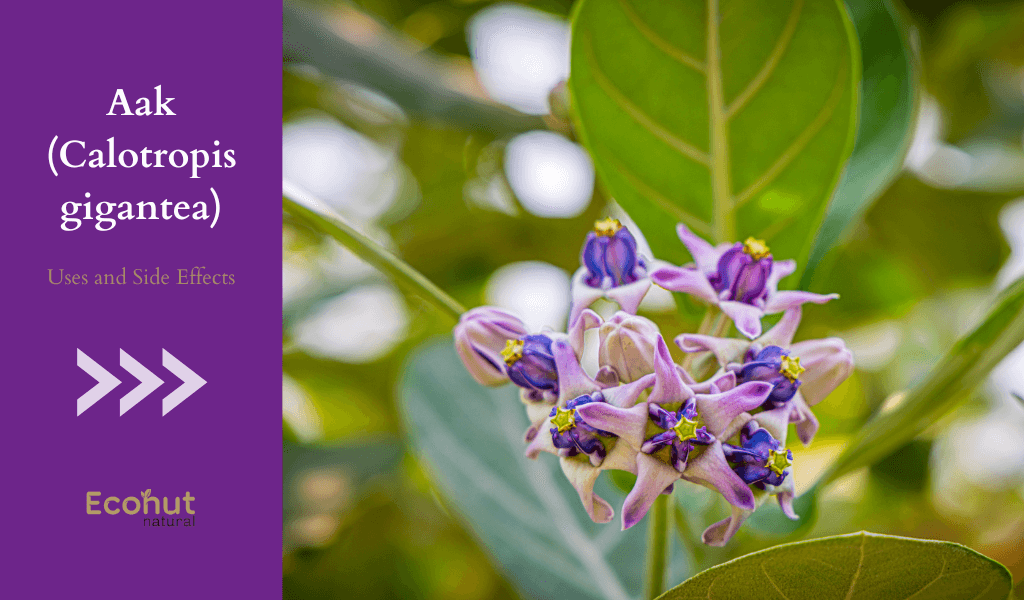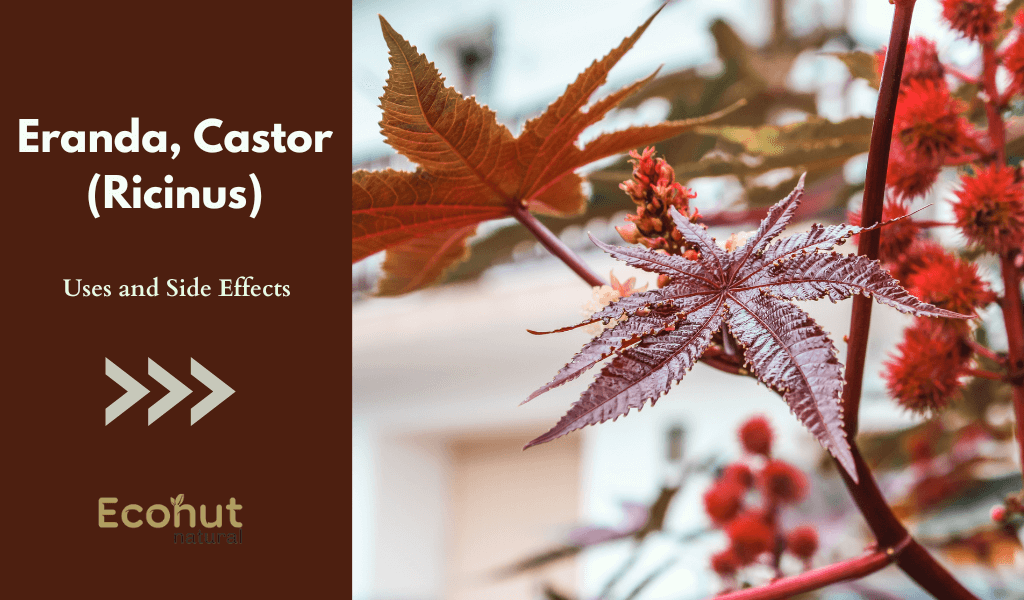Ayurveda Hair Dye offers many natural remedies for hair coloring and maintenance. These methods are generally gentler on the hair compared to commercial hair dyes.
Keep in mind that natural dyes are not as dynamic as chemical dyes. Here are some Ayurvedic home remedies for hair coloring:
Ayurvedic Home Remedies for Colouring Hair
You may dye your hair in many ways, including in a salon, at home with a kit, or with a temporary color spray. Conventional hair dyes, however, could contain potentially dangerous and harmful ingredients like parabens or ammonia. Ayurveda hair dyes, which frequently employ materials you might already have at home, are one way to avoid toxic chemicals.
Curry Leaves, Methi, Hibiscus, and Coconut Hair Oil
Oiling your hair is the first step to healthy hair. Oils such as coconut, almond, and olive oil are commonly used; however, they are insufficient to prevent hair damage in people with colored hair. Strong roots require oil, but if you’re worried that applying oil will change your hair color, here’s an Ayurvedic oil recipe.
How to Use:
- Soak fenugreek overnight.
- Now grind fenugreek seeds, a few curry leaves, and hibiscus leaves. Make a smooth paste.
- Use a cloth to extract the extract from this mixture.
- Add some coconut oil to the prepared extract.
- Now, you can use your prepared Ayurveda hair dye.
Benefits:
While methi strengthens and lengthens hair, hibiscus, known for its moisturizing and conditioning properties, softens hair. It is fortified with curry leaves, which help keep the hair’s black color, and aloe vera, which encourages hair development.
Amla, Hibiscus, and Methi Hair Dye
Hair masking is the next step. Many individuals must know the benefits of using a hair mask at least once a week for general hair health. The substances listed here are highly nutritious. Using this, you can strengthen your hair from the roots and extend the life of your hair color. Below is the recipe for it:
How to Use:
- Soak Amla and fenugreek overnight.
- Blend them with some leaves and hibiscus flowers.
- Use this herbal hair pack to mask your hair.
- Wash it off with plain water after 20 to 25 minutes.
Benefits:
Encourages hair growth. Hydrates dry hair deeply and shields it from harm. Avoids an oily scalp—aids in preventing early graying.
Amla, Reetha and Shikakai Herbal Dye
It is a guaranteed fix for practically all hair problems. Thanks to the all-herbal recipe, your hair won’t get damaged, and the color won’t fade. Here’s how to make homemade herbal shampoo:
How to Use:
- Soak Amla, Shikakai, and Reetha overnight before washing your hair.
- The fruits can be used whole or in powdered form.
- Boil the saturated contents the following day.
- The soapy soap will start making.
- When the liquid cools down, pour it into a bottle and keep it aside.
- Use it as a shampoo.
- These can be made from scratch each time, or you can save a little extra for later.
Benefits:
This shampoo’s ingredients are all excellent for hair. These would thoroughly cleanse your hair shafts without fading the color or removing natural oils. Unlike other shampoos that remove the natural scalp oil and foam, this shampoo leaves behind a nutritious lather. This will enhance your hair’s condition while preserving its color.
Carrot Juice
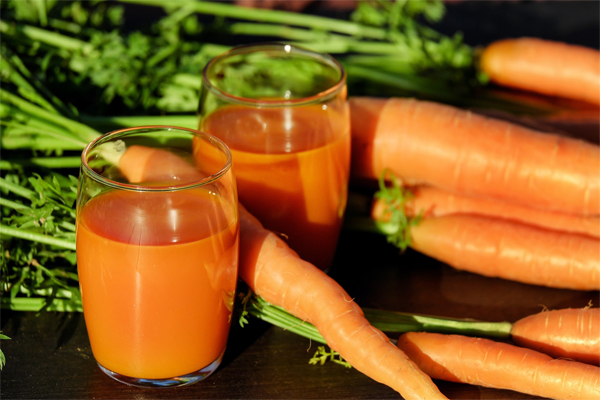
Consider coloring your hair a reddish-orange hue with carrot juice. Depending on the color of your hair, the tint can last for a few weeks. Use carrot juice to dye hair:
How to Use:
- Carrot juice should be combined with carrier oil, like coconut or olive oil.
- Apply a lot of the mixture to your hair.
- Let the mixture cure for at least an hour while covering your hair with plastic.
- Use apple cider vinegar to clean. If the color is too weak, you can try again the following day.
Benefits:
Carrot juice is used as a Ayurveda hair dye to bring out the richness and depth of red locks.
Coffee

You can benefit more from a cup of brewed coffee than just a caffeine spike. Additionally, it might hide some gray hair and help you tint your hair a tad darker. To dye your hair with coffee:
How to Use:
- Make a potent dark-roast coffee.
- One cup of leave-in hair conditioner, two tablespoons of coffee grinds, and around 1/2 cup of coffee are combined.
- For clean, moist hair, apply the mixture.
- After letting the mixture sit for at least an hour, wash it out.
- If necessary, repeat.
Benefits:
Your hair gets a natural shine from coffee without getting damaged. Your hair’s texture has improved, and its color has darkened thanks to it. In addition to treating the scalp, it gives color to your hair by acting as a dye.
Beet Juice

Use beet juice instead of carrot juice if you prefer a deeper red color with cooler undertones. Similar to how you would use carrot juice, you would follow these methods to use beet juice as a Ayurveda hair dye:
How to Use:
- Combine carrier oil and beet juice.
- After liberally coating your hair with the mixture, wrap it.
- Before washing it out, let the mixture sit for at least an hour.
Benefits:
By fortifying the follicles, beetroot provides all the vital vitamins and minerals for healthy hair. Beetroot juice and ground coffee beans make an excellent conditioner that makes hair lush and gives it a natural color.
Precautions
- Wear gloves to protect your hands and old towels or clothing to protect your skin when coloring your hair, especially if you’re using walnut dye. Avoid getting homemade colors on expensive clothing or countertops since they may be discolored.
- Keep in mind that, depending on your hair type and existing color, Ayurveda dyes may not produce the same dynamic or long-lasting results as chemical colors.
Conclusion
Ayurveda offers natural and holistic home remedies for maintaining colored hair. These remedies can help enhance and prolong the effects of natural hair dyes like henna or indigo while promoting hair health. However, it’s essential to remember that Ayurvedic hair dye may provide a different intensity and longevity than chemical hair dyes.




